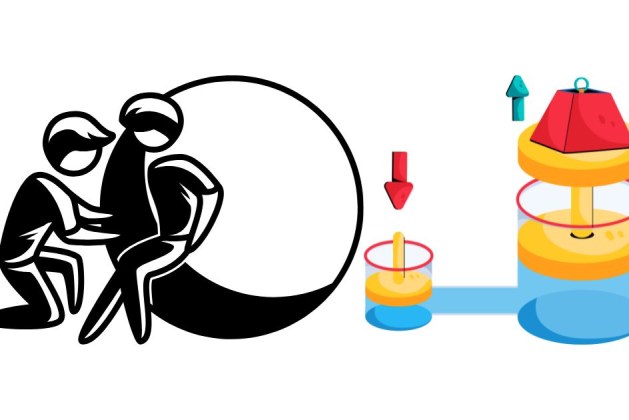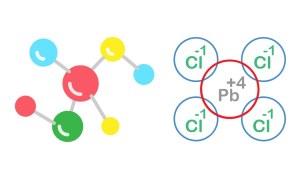Hydraulic action is a powerful natural process in which water exerts force on rocks, causing them to break apart or erode over time. This process plays a key role in shaping landscapes, particularly along riverbanks, coastlines, and in caves. But have you ever wondered why hydraulic action occurs more intensely on jointed rocks? In this blog post, we will explore the relationship between hydraulic action and jointed rocks and why this specific rock feature makes them more susceptible to erosion.
What Is Hydraulic Action?
Before diving into why hydraulic action affects jointed rocks, it’s important to understand what hydraulic action is. In simple terms, hydraulic action refers to the mechanical force that water exerts on the surface of rocks. It occurs when water, such as from a river or waves along the coastline, enters cracks or crevices in the rock. The pressure of the moving water causes the rock to break apart or erode gradually over time.
This process is particularly significant in areas where water is constantly in motion, such as along rivers, waterfalls, and coastal areas where waves crash against rocks.
What Are Jointed Rocks?
Jointed rocks are rocks that have natural fractures or cracks (called joints) in them, typically due to tectonic forces or cooling and contraction. These joints can vary in size and orientation but generally form patterns of weakness in the rock. Common types of jointed rocks include sedimentary rocks like sandstone and limestone, as well as some igneous and metamorphic rocks.
The presence of joints makes these rocks more vulnerable to erosion because the cracks create pathways for water to penetrate deeper into the rock, enhancing the effects of hydraulic action.
Why Does Hydraulic Action Occur More on Jointed Rocks?
- Increased Surface Area for Water Infiltration: Joints in rocks provide an increased surface area where water can enter and exert pressure. The cracks in jointed rocks act as pathways that allow water to flow into the rock more easily, leading to more significant erosion. The more joints a rock has, the more opportunities there are for water to seep in and cause hydraulic action.
- Pressure Build-Up in Cracks: As water moves into the joints, it can cause a build-up of pressure, especially during periods of high flow, such as during storms or heavy rainfall. This pressure can force the rock apart, causing pieces of the rock to break off. Over time, this process weakens the rock structure and accelerates its erosion.
- Water Movement Through Joints: In some cases, water can flow through the joints of the rock, especially if there is an underground stream or groundwater moving through the fractures. As water continuously moves through these cracks, it can erode the rock along the joints more effectively. This movement deepens the cracks, enlarging them and causing further breakdown of the rock.
- More Opportunities for Freeze-Thaw Erosion: In regions with fluctuating temperatures, hydraulic action on jointed rocks can be further intensified through freeze-thaw cycles. When water enters the joints, it can freeze during cold weather. As the ice expands, it forces the cracks to widen, making the rock more susceptible to further erosion when the ice melts and water continues to infiltrate.
- Vulnerability of Weak Joints: Not all joints in rocks are equally strong. Some are more prone to being widened or deepened by hydraulic action, especially if they are already weakened by other processes, such as chemical weathering or physical stress. As a result, the most vulnerable joints will erode more quickly when subjected to hydraulic action.
Hydraulic action occurs more intensely on jointed rocks because the natural cracks or joints in the rock provide entry points for water to penetrate. This water pressure, along with the increased surface area and potential for freeze-thaw cycles, enhances the effectiveness of hydraulic action, leading to faster erosion and rock breakdown. Jointed rocks, with their inherent fractures, are more susceptible to the forces of water and, as a result, experience greater erosion over time. This process is an essential driver in the creation of natural features like cliffs, river valleys, and coastal landscapes. Understanding the interaction between water and jointed rocks is key to appreciating the role hydraulic action plays in shaping our environment.




Leave a comment